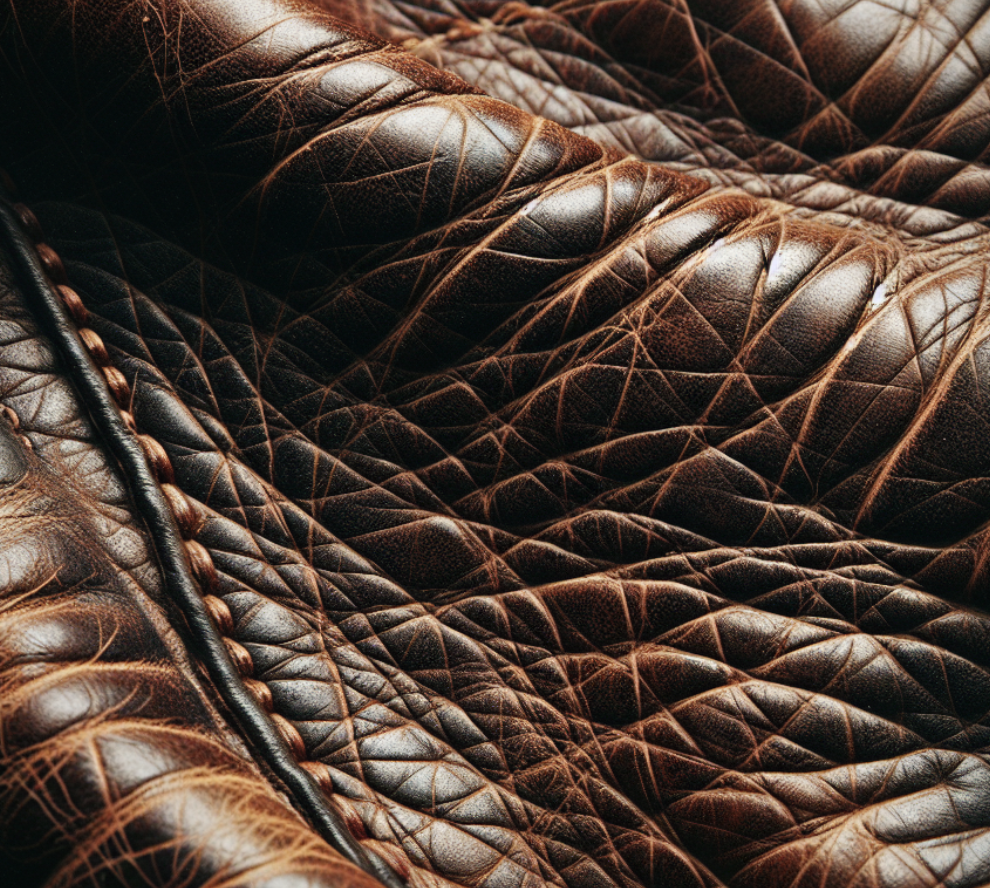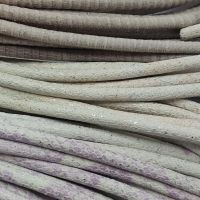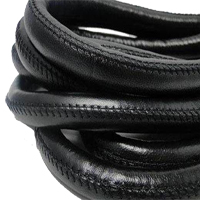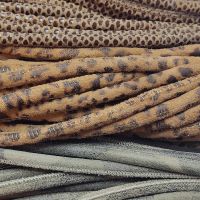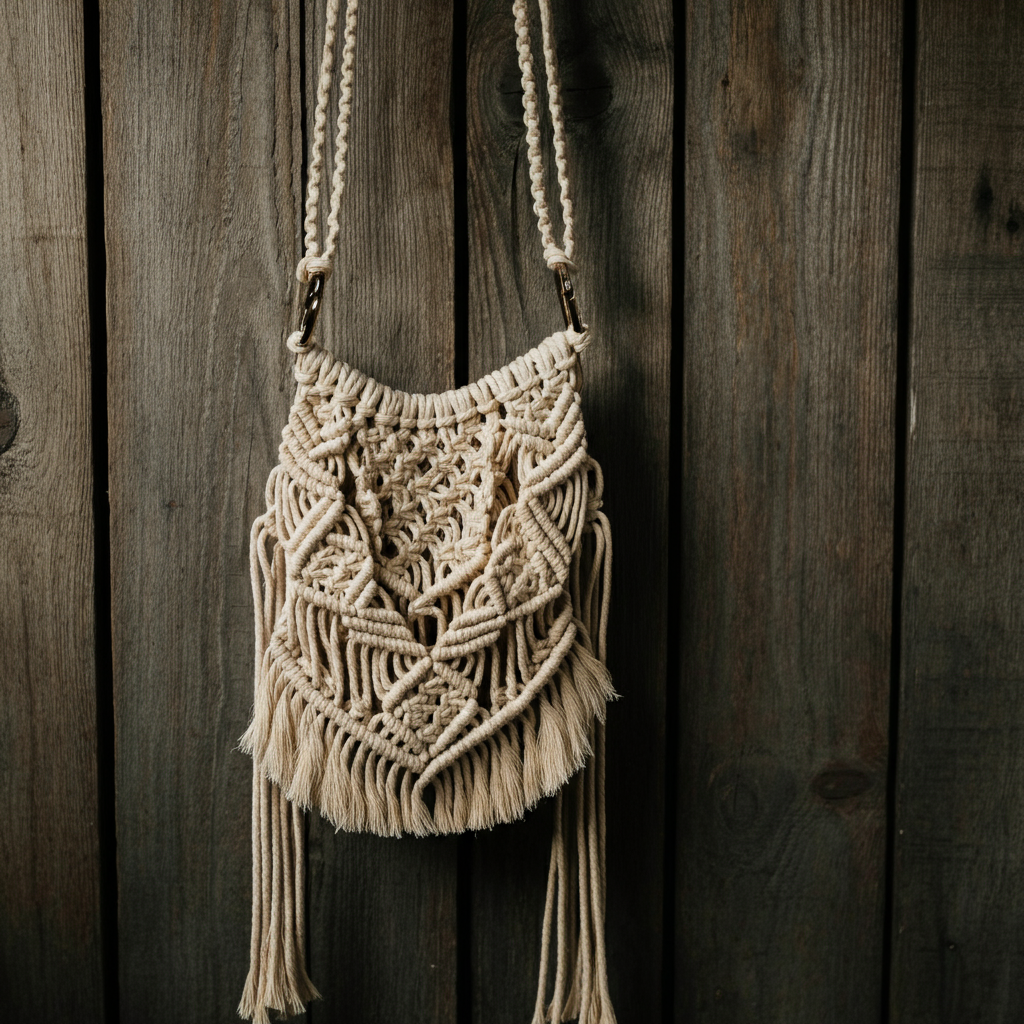Shaping Leather Cords Process
Whether you're a small business owner, wholesale leather cord buyer, leather crafter, or artisan, understanding the process of shaping leather cords is paramount. Proper techniques ensure your projects are both visually appealing and durable. Today, we'll walk you through everything you need to know about shaping leather cords, with a focus on Sun Enterprises' leather cord supply.
Why Properly Shaping Leather Cords Matters
Shaping leather cords correctly enhances their appearance, flexibility, and longevity. It allows you to create bespoke designs that stand out in the market, thus attracting more customers. From jewelry making to leather goods, the way you shape your cords can make all the difference.
Tools and Materials You'll Need
Before you start, gather the necessary tools and materials:
- Leather Cords from Sun Enterprises
- Types include flat, round, braided, and twisted.
- Cutting Tools (e.g., leather scissors or rotary cutters)
- Shaping Tools (e.g., pliers, mandrels, shaping blocks)
- Leather Conditioner to keep the cords supple
- Heat Source (optional, for more complex shapes like twists)
- Clamps and Weights to hold the cords in place
Step-by-Step Instructions
Shaping Straight Leather Cords
- Measure and Cut:
- Use a ruler to measure the desired length.
- Cut the leather cord cleanly with leather scissors or a rotary cutter.
- Condition the Leather:
- Apply a small amount of leather conditioner to make the cord more pliable.
- Straighten the Cord:
- Lay the cord flat on a hard surface.
- Use your fingers to gently pull and straighten the cord.
- Secure the Shape:
- Place clamps at both ends of the cord and allow it to set for several hours.
Shaping Curved Leather Cords
- Prepare the Cord:
- Follow the steps to measure, cut, and condition the leather cord.
- Form the Curve:
- Wrap the cord around a mandrel or shaping block to create the desired curve.
- Heat Setting (Optional):
- Use a heat source to gently warm the cord while it's wrapped around the mandrel. This helps the leather hold its shape better.
- Secure and Set:
- Clamp the ends and allow the cord to cool and set in its new shape.
Creating Twisted Leather Cords
- Measure and Cut Multiple Strands:
- For a twisted cord, you'll need two or more strands of leather.
- Condition the Strands:
- Apply leather conditioner to each strand.
- Twist the Strands Together:
- Secure one end of the strands and twist them tightly together.
- Use Heat to Set the Twist (Optional):
- Warm the twisted cord with a heat source to help it maintain its shape.
- Clamp and Allow to Set:
- Secure the twisted cord and allow it to cool completely.
Tips for Achieving Professional Results
- Consistent Conditioning: Ensure even application of leather conditioner to avoid stiff or weak spots.
- Correct Tools: Using the right tools for cutting and shaping can significantly impact the final result.
- Patience: Allowing ample time for the cords to set ensures they hold their shape longer.
- Practice Makes Perfect: The more you practice, the better your results will be.
Troubleshooting Common Issues
- Uneven Cuts:
- Use a sharp rotary cutter and a ruler to achieve straight and even cuts.
- Stiff Leather:
- Apply additional leather conditioner and use gentle heat to soften the leather.
- Shape Not Holding:
- Ensure the leather is adequately conditioned and consider using heat to set the shape.
Conclusion
Shaping leather cords can elevate your craftsmanship and add a unique touch to your creations. With the right techniques and a bit of practice, you'll master the art of shaping leather cords from Sun Enterprises.

